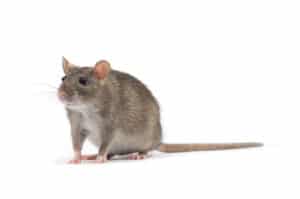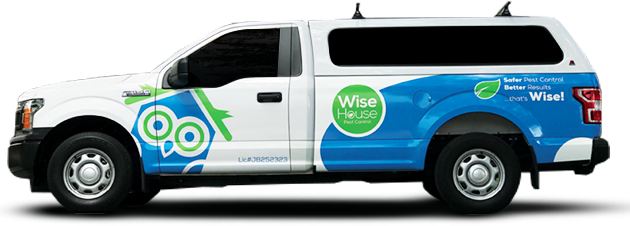Norway rats might not be the first thing you think about when considering pests, but these rodents are a growing problem in both cities and rural areas. Known for their ability to thrive in various environments, they can easily make their way into homes and businesses, causing more than just a minor inconvenience.
Norway rats not only damage property but also pose serious health risks by spreading diseases. These rats belong to a species called Rattus norvegicus. As they continue to adapt and find new ways to coexist with humans, it’s important to stay informed about how to spot their presence and take preventive action. No matter where you live in South Florida, Norway rats are a threat you can’t afford to ignore. These rodents are capable of chewing through walls, wires, and insulation, leading to costly repairs.

Norway rats, often called brown rats or sewer rats, are one of the most widespread rodents found near human populations. They are highly adaptable and tend to settle anywhere they can find food, water, and shelter.
Norway rats are particularly common in areas with easy access to garbage, food waste, or open water sources. Their presence in homes, basements, and sewers makes them a significant pest in both urban and suburban settings, often posing risks to health and property
Norway rats can breed year-round if conditions are favorable. After a gestation period of 21 days, females give birth to litters typically ranging from 7 to 14 pups, with 7 pups being most common. Pups are born blind and hairless, relying entirely on their mother for survival in the first few weeks.
At around 14 days, the pups begin to develop fur and open their eyes. By 3 to 4 weeks, they are weaned and start eating solid food. Norway rats reach sexual maturity in just 5 weeks, meaning they can contribute to population growth quickly under ideal conditions.
Once mature, females can give birth to up to five litters per year, each averaging 7 to 14 pups. Remarkably, females can become pregnant immediately after giving birth and are capable of nursing one litter while pregnant with the next. This rapid reproduction cycle allows Norway rat populations to multiply quickly, with a pair of rats potentially producing thousands of offspring in a year.
Under ideal conditions, the population of Norway rats can grow exponentially, increasing by a factor of three and a half in just 8 weeks. In only 15 weeks, a small population can grow by a factor of 10, leading to thousands of rats in a single year if unchecked. Even with a high mortality rate, rats are capable of restoring their population quickly after disruptions.
Norway rats live in large, hierarchical colonies, often found in burrows, sewers, or cellars. In times of food scarcity, lower-ranking rats are the first to die, while dominant individuals maintain access to resources.
Most Norway rats in the wild live about 9 to 12 months, although they can live up to three years in ideal conditions. Their high reproductive rate and ability to survive in various environments make them a persistent pest if left uncontrolled.
Norway rats are primarily nocturnal, meaning they are most active during the night. As omnivores, they will eat nearly anything available, but they tend to prefer grains, meat, and fish. Norway rats follow a behavior known as neophobia to avoid new objects. Their behavior is highly adaptive to their surroundings, allowing them to thrive in various environments.
Norway rats pose several health risks to humans and pets. These rats can spread various diseases directly through bites or contact with their waste or indirectly through fleas and ticks. Some of the major diseases include:
For infestations, it’s best to hire professional pest control services. They offer several advantages over DIY methods:
Yes, Norway rats can cause fires by chewing on electrical wires, which exposes the wiring and increases the risk of short circuits and electrical fires. Their constant gnawing is necessary to keep their growing teeth in check and can result in serious damage to homes.
Norway rats reproduce quickly, with a female capable of having up to 12 pups per litter and up to 7 litters per year. They reach sexual maturity in just 2 to 3 months, allowing populations to grow rapidly.
Yes, Norway rats can be dangerous to pets by spreading diseases such as leptospirosis and rat-bite fever, which can be transmitted through bites or contact with contaminated urine or droppings. Additionally, rats may become aggressive if cornered by pets.

Ready to send away pests without harming your pets? Getting started with Wise House Environmental Services is as easy as 1-2-3:
With Wise House Environmental Services, you get more than just effective pest control; you get peace of mind, knowing that your home is without pests and safer for your pets.
Our approach to pest control combines science with safety, offering you the kind of targeted, effective solutions that you won’t find with just any other pest control service. Our services have made a world of difference for homeowners, and we can do the same for you. Your pets will thank you for it!
We serve Port St. Lucie,Lake Worth, Boyton Beach, Palm Beachand the Treasure Coast.


© 2023 All Rights Reserved. | Sitemap